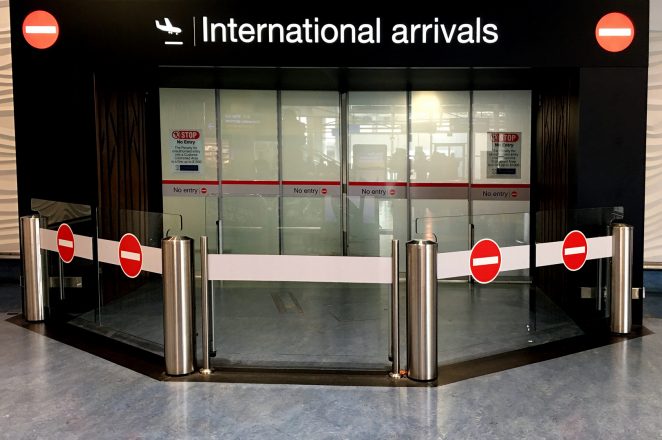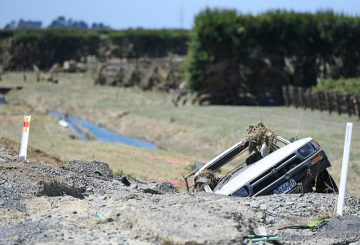Chính phủ New Zealand hôm thứ Năm đã chấp thuận một lớp ngoại lệ cho 1.000 sinh viên đại học quốc tế, trình độ bằng cấp trở lên, những người bắt đầu học tập tại New Zealand nhưng đã bị bắt ở ngoài khơi khi bắt đầu hạn chế biên giới.
Ngoại lệ sẽ cho phép sinh viên trở lại New Zealand theo các giai đoạn từ tháng 4 năm 2021.
“Ưu tiên hàng đầu của chúng tôi tiếp tục là sức khỏe, an toàn và phúc lợi của tất cả mọi người ở New Zealand”, Bộ trưởng Giáo dục Chris Hipkins cho biết trong một tuyên bố.
“Sự cần thiết phải quản lý cẩn thận biên giới của chúng tôi là rất quan trọng ngay bây giờ như bất cứ lúc nào trong chín tháng qua. Chúng tôi tiếp tục tìm hiểu thêm về virus này và thích ứng với các biện pháp bảo vệ biên giới mạnh mẽ hơn và phù hợp hơn, tùy thuộc vào rủi ro”, Hipkins nói.
Ông cho biết, các sinh viên trở về sẽ hỗ trợ sự phục hồi kinh tế của New Zealand.
“Ngoại lệ biên giới này cung cấp trên một phần của kế hoạch phục hồi cho giáo dục quốc tế. Nó nhấn mạnh cam kết của chính phủ đối với lĩnh vực giáo dục quốc tế, điều này rất quan trọng trong sự phục hồi kinh tế lâu dài của đất nước từ COVID-19”, Bộ trưởng nói.
Các sinh viên sẽ trở lại New Zealand theo từng giai đoạn, bắt đầu với một nhóm 300 sẽ có thể trở lại từ tháng Tư, với các sinh viên còn lại trở về trong suốt cả năm như khả năng cách ly được quản lý cho phép, ông nói.
“Sự trở lại của những sinh viên này sẽ không ảnh hưởng đến khả năng của Kiwis để trở về nhà, và nó được cân bằng so với yêu cầu cho những người lao động lành nghề để vào đất nước”, ông nói thêm.
Họ sẽ phải tuân theo các quy tắc biên giới và chế độ kiểm dịch giống như tất cả những người đến khác, với bất kỳ hạn chế bổ sung tùy thuộc vào nơi họ đến, Hipkins cho biết.
Giá trị kinh tế hàng năm của nhóm 1.000 sinh viên quốc tế cấp bằng này ước tính khoảng 49 triệu đô la NZ trong đóng góp kinh tế rộng hơn, trong đó có khoảng 27 triệu đô la NZ trong học phí, thống kê cho thấy.






























































